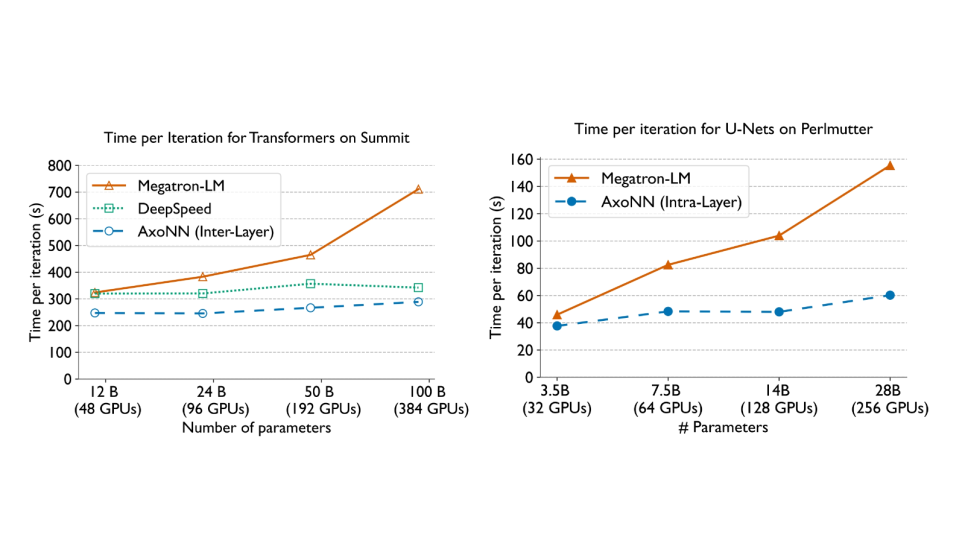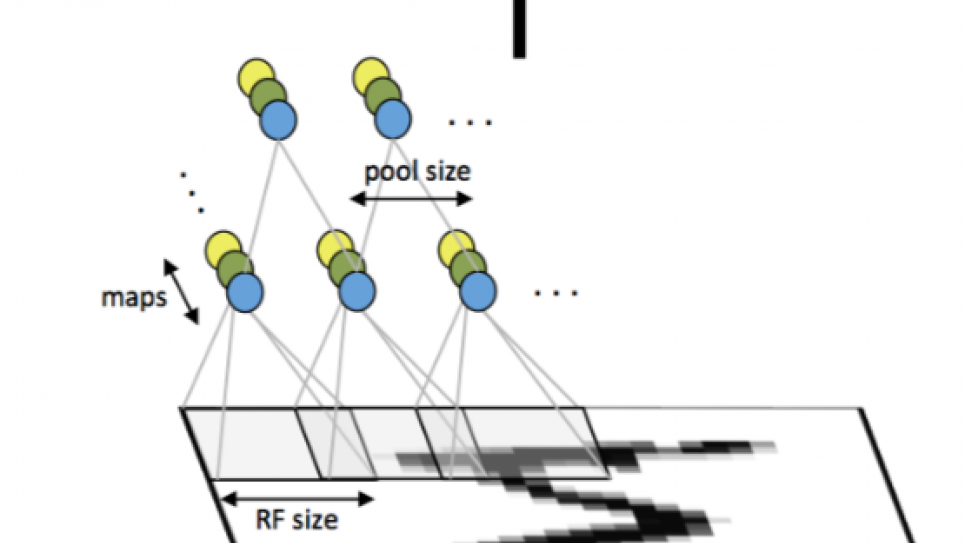The computational resources from this INCITE award are being applied toward high-resolution protein structure calculation, de-novo protein-protein interface design for therapeutic applications, and de-novo enzyme design for fixation of carbon-dioxide to create biofuels. While much progress has been made in protein structure modeling, the ability to sufficiently sample conformation space is still a limiting factor for many protein-modeling applications: notably, protein structure prediction and design.
The broader impacts of this project will include pressing issues in the 21st century, among them deciphering the structures and functions of the vast number of protein sequences generated in current high-throughput sequencing projects and reducing the CO2 levels in the atmosphere through enzymes designed to fixate CO2 into industrially useful products.
Researchers will continue to develop the new parallelized version of the Rosetta de novo structure prediction method and transition their applications to the new algorithm. It should be noted that the new algorithm typically uses > 2K cores, while the previous version of Rosetta often used < 2K cores per simulation.
During 2012 researchers also intend to test how general the newly developed approach is for the design of protein binders. To that end, they have projects involved in targeting specific patches on proteins useful for diagnostics for tuberculosis (ACP2 from Mtb), as purification aids for human antibodies (protein A epitope on human IgG), as new diagnostics for malignant transformations (targeting the epidermal growth factor receptor), and for laboratory reagents that can target and disrupt oncogenes thought to be crucially important for cancer malignancy.

